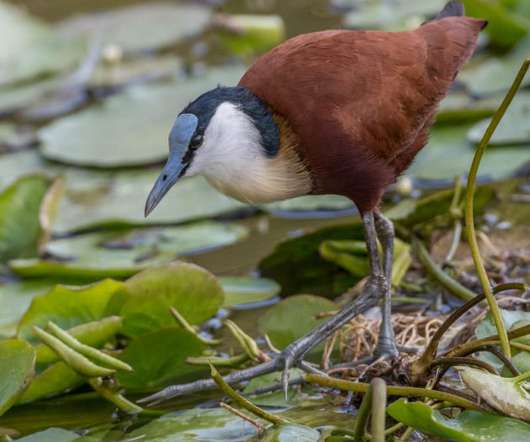What the Owl Knows: The New Science of the World’s Most Enigmatic Birds: A Book Review
10,000 Birds
JULY 4, 2023
What the Owl Knows is organized into nine chapters: introduction, adaptation (including vision and flight), research and researchers, vocalization, courtship and breeding, roosting and migration, cognition, and two chapters on owls and humans–captive owls (not zoos, educational owls) and owls in our cultural history.












Let's personalize your content